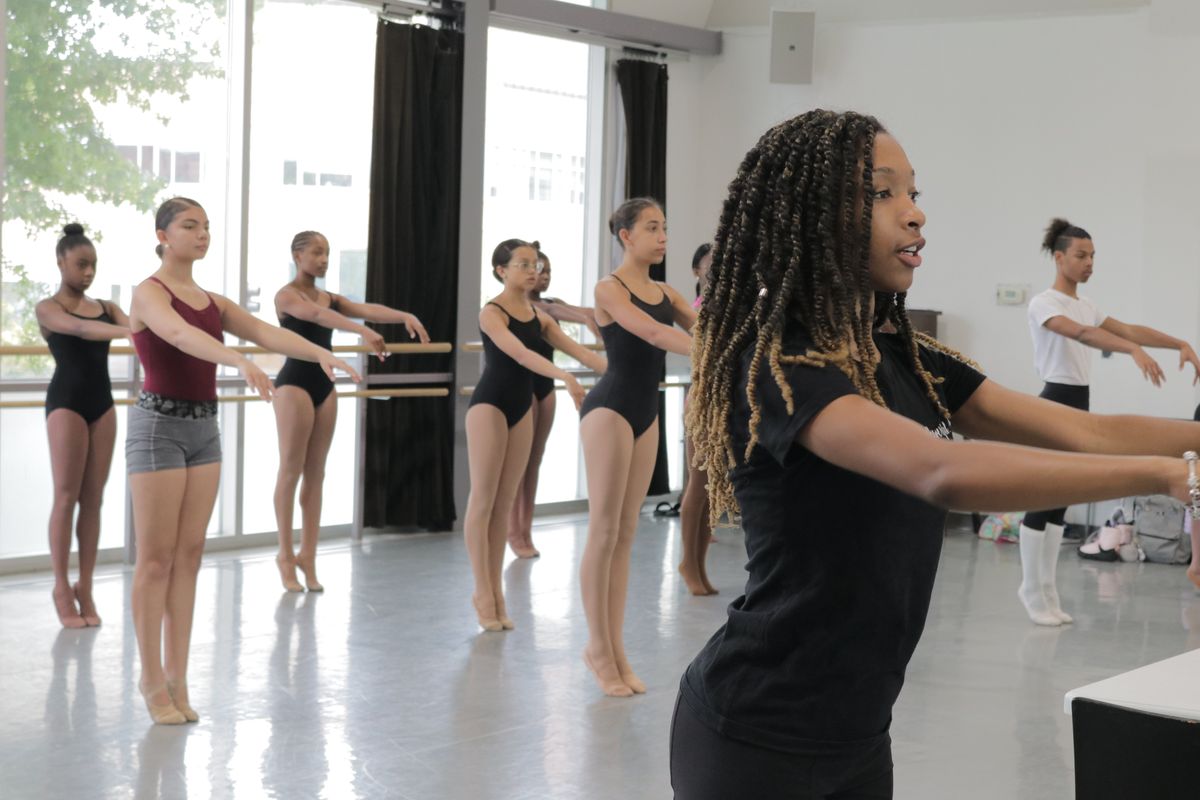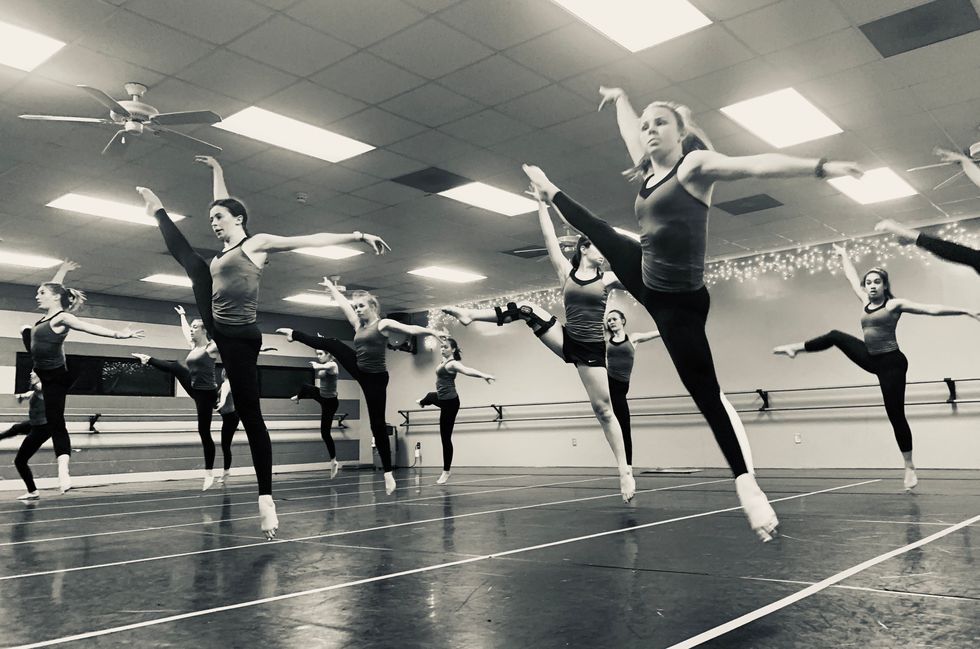
Of all the decisions teachers make, assigning students’ class levels is one of the trickiest. Even when you feel sure about where a student should be, they (or their parents) may not agree. Determining when to advance your dancers—and knowing how to talk to them about it with transparency and accountability—is important for students’ progress, but disappointments and bruised egos are hard to avoid. Here’s how some experienced teachers navigate the key elements of level placement.
Placing Incoming Students
A placement class is typically the simplest way to assess an incoming student. The Dance Institute of Washington in Washington, DC, holds group auditions each June to evaluate prospective students and place them in the appropriate levels, says school manager Ashanté Green. When students apply midyear, Green talks with the parent before suggesting a trial class in a certain level, emphasizing that their child’s placement could change. For the next week, “we observe them and I check in with the faculty to make sure we’ve placed them correctly. If we notice something is a little off, we have a conversation and maybe adjust their level,” she says.
For most new students at The Lynch Dance Institute in San Diego, co-director Alexandra Dickson Lynch simply considers age and years of experience before making a placement decision. “We can get a good sense from where they’ve previously trained as to what their level might be, but we always have them do a placement class with their age group first,” says Lynch. “After that, we make adjustments.”
Green says it’s OK to have a small range of abilities in a class: “As long as they’re working extremely hard and grasping the information, we can have a couple of weaker students. What doesn’t work is having a student so far behind they can’t receive or apply corrections.” Similarly, she might have a stronger student try a more advanced class for a couple of days to see if it’s a better fit.

Angela Sterling, courtesy LDI
Advancing Levels
Promotions can be a source of anxiety, disappointment or delight for both students and teachers. Transparency, accountability and communication are key for helping everyone understand and accept decisions about who gets moved up and when.
At DIW, students take a final ballet class exam each semester, during which they’re assessed against a list of criteria, including technical, artistic and developmental elements, such as behavior. Upper-division students also perform a variation and a modern combination. “The exams really help us because we’re able to look at each individual and see what they have achieved over the year,” says Green. “If it looks like they might need to spend another year in that level, we have something tangible we can go back to and review.”
Class-specific criteria and a structured process for advancement can help teachers maintain transparency—and handle pushback should complaints arise. North Alabama Dance Center doesn’t hold official assessments, but artistic director Barbara Ellen Smartt still evaluates students individually. “I ask the teachers, beginning in March, to keep a list of anyone they feel is struggling or who needs to be pushed more,” says Smartt. “With that information, “I go through each class and consider not only each student’s technical prowess and if they’re meeting the syllabus criteria, but also their learning style, if they have the potential to push more.”
While most NADC students advance with their full class, a formal audition is required to enter the school’s three highest levels. Smartt says parents and students recognize the time and effort she puts into the evaluation and audition processes, and her accountability for decisions has nearly eliminated conflicts.

Kathryn Korotky, courtesy NADC
Choose the Right Words
When a dancer doesn’t move up with their peers, or when one classmate is plucked for early advancement, jealousies easily arise. Communicate early and be transparent, says Green, but also be diplomatic. “We’re really honest, but we shift it into something more powerful,” she says. “We tell them to watch those who are moving up—in a loving way—and to notice the ‘why’ instead of just being envious. Shifting into that type of coaching mindset really helps.”
Smartt also chooses her words carefully when interacting with NADC students and their families. “We don’t say ‘held back,'” Smartt says. “We tell them that if they continue to work at their current level, we feel they’ll be successful and end next year a leader in their class. When you frame it this way, it helps them see it as a positive thing.”
Ensure that the discussion sets your students up for success. “I think most kids thrive on being pushed,” says Lynch. “If you give them clear knowledge of what they need to do to advance and they’re willing to put the energy in, they will take ownership and excel.”




